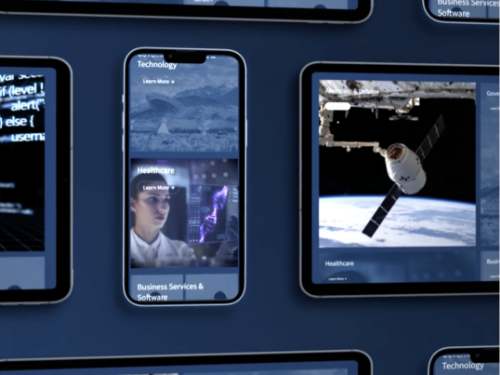Now that the election is over (kind of), it is time to return to the real burning question on the minds of b2c, b2b and b2g brands: what in the Sam Hill is going on over at The Bird App?
Are they really handing out blue check marks like Halloween candy to anyone willing to fork over $8 a month for Twitter Blue? With Elon Musk at the helm, today’s reality may be old news by tomorrow, but marketers cannot ignore a swirl of new challenges for executives/leaders as well as their overall brand presence on Twitter.

First, with the cache of verification diluted, should it impact your time and financial investment with Twitter? Second, brand protection has become a serious issue – for now – as Twitter is playing catchup in cutting off accounts that are impersonating verified users. Finally, the unpredictable nature of the person running Twitter may lead to tweets, decisions and statements that create conflicts with values established by your brand, customers and organizational leaders. Out-of-sync values make for tough decisions for site advertisers.
Bottom line: at the end of the day for most eligible brands and individuals, it isn’t about the $96 a year for Twitter verification. It’s about how to handle all of these other emerging factors, and marketers should have a seat at the table in guiding these important decisions.
For now, marketers and decisions should consider the following:
Stay Attuned to Evolving Twitter Content Moderation Policies
Politics has seeped into every corner of social media strategy and execution. Almost immediately after Elon Musk assumed control of Twitter, content permissions changed dramatically in a way that not all brands will be comfortable with.
Ad giant IPG is recommending to clients to make the move of pausing Twitter advertising spending temporarily, and several brands have done just that. Conversations will be had on whether to extend brand action from halting ad spend to pausing account activity altogether. Brand marketers have little choice but to stay attuned to how Twitter content policies evolve to determine conflict with your own brand values. Some may also feel compelled make a public statement to customers and the public if developments on Twitter warrant. Lastly, any action taken must be viewed holistically to ensure consistency across other social networks when controversies arise.
Evaluate the Value of Verification
Twitter Blue Verification rollout is off to a rough start. Individuals are impersonating accounts and fooling people with tweets that appear to come from professional sports stars, celebrities, political leaders, global brands and everyone in between. In the Matrix-inspired words of Keanu Reeves, who tweeted on the ramifications of rampant impersonation, “whoa.”
This is clearly not sustainable; the burden falls to the Twitter content moderation team to play catchup. In the meantime, brand marketers and really anyone with verified accounts under the prior, stricter rules, will have to pay close attention as brand reputation on Twitter is at risk.
As American Express once coined, “membership has its privileges.” To date, Twitter verification has boosted tweet amplification and aided brand building – which is good – but less quantifiable is whether it actually helps to grow followers or ultimately, boost a bottom line. Now factor in all of these other potential negatives and the value proposition becomes murkier. With Twitter Blue changes, addition benefits floated by Musk include:
- Priority in replies, mentions and search
- The ability to post long video and audio
- Reduced ad exposure compared to unverified users

For now at least, Blue checkmark verification is going to be available to almost anyone willing to pay the monthly fee. Though users can see who pays for verification and who doesn’t. Prioritizing revenue generation, on its surface, dilutes the value of the blue checkmark.
Be Prepared to Act Quickly and Decisively
Twitter isn’t the first company with an unpredictable and unconventional leader at the helm. Even within the social media category, polarizing founders and leaders are not hard to find. Anyone claiming to know what move Musk will make next or what his next tweet will contain, is full of it. Your line in the sand on what constitutes “too far” will be different than others, but when that line is crossed, brand decisions must be decisive. Whether the move is to end advertising, pause account activity or affirm your commitment to the site, customers and consumers want brand consistency. No waffling or bouncing back and forth without clearly established guardrails on, for example, what action would need to be taken to resume advertising or account activity.
Verified account impersonation is running rampant today, but glass half-full observers will point out that over time, Musk will get his bearings and address loopholes exposed during this transition period. Already Twitter Blue has been updated so that only users with an account created prior to November 9th could access the feature. This should tamp down on some of the newly created impersonator accounts wreaking havoc on paid verification.
Twitter policies remain in flux, and are likely to change multiple times based on user feedback, concerns and other important factors like what Musk had for breakfast that morning. How long that takes, and how patient brands and brand leaders choose to be, is the question.

If you are interested in learning more about Bluetext social media strategy and execution capabilities, as well as our public relations and branding work visit click here.




